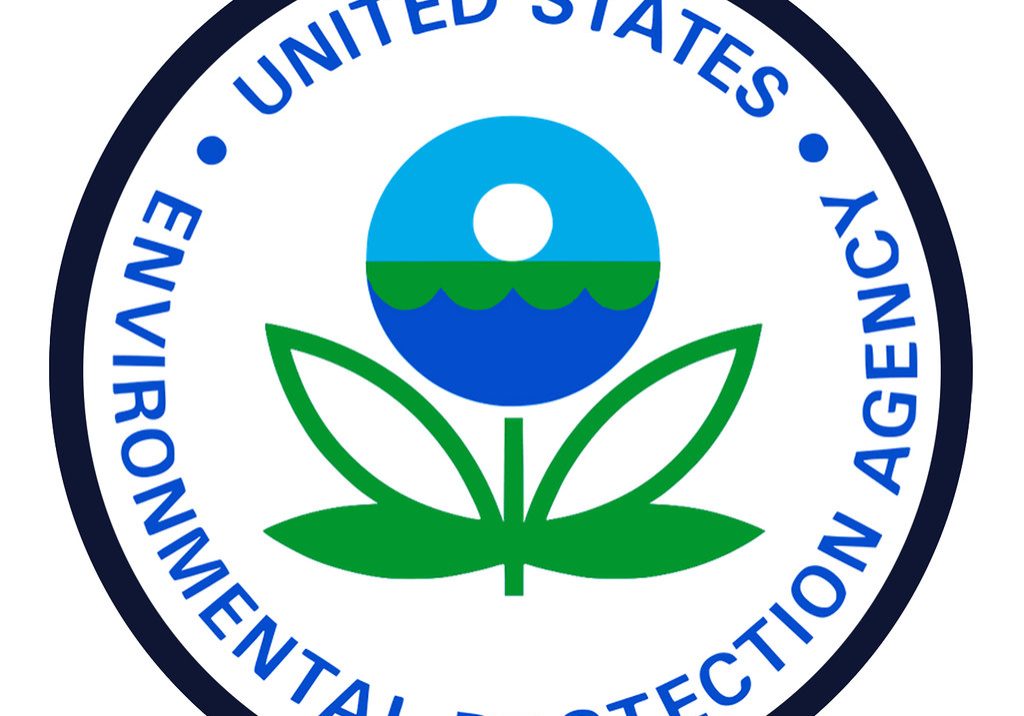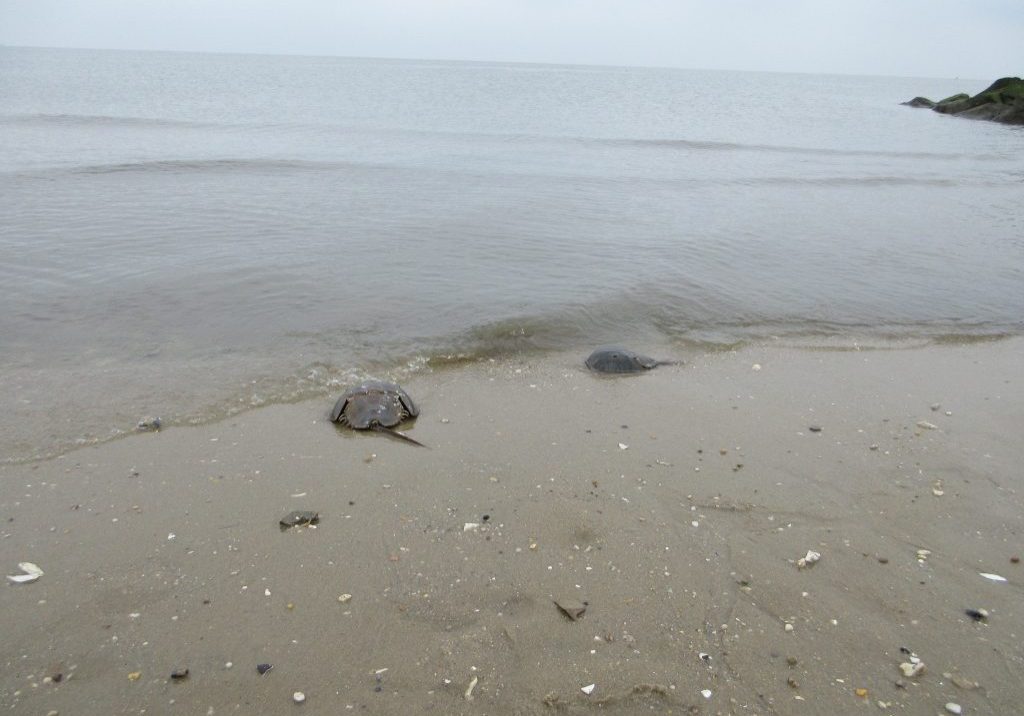
How’m I doin’?
| April 20, 2024
Editor’s note: This is a free newsletter that was sent to subscribers. To sign up for the newsletters, email us.
As you can probably tell from the photo, I was REALLY excited to be the co-chair for the national conference for the Society of Environmental Journalists in Philly this month!!
It was so amazing — more than 1,000 environmental journalists from the U.S, Canada and internationally.
The conference made me think — the sign of a great conference — I have been grappling with my role as a journalist and I’d love your opinion.
Let me explain.
We live in trying times, when the slow movement on all the myriad issues affecting our world can be so depressing.
But I took heart that there are all these journalists, discovering problems and solutions and sharing news with millions of people all over the world. (One of the attendees, Abdulkareem Mojeed, came from a significant watchdog newspaper in Nigeria!)
One of the foundations of journalism as I have practiced it for years is the attempt at neutrality — to discover all sides of a situation or an issue as free of bias as possible.
And I still applaud that attempt. But I have realized that our world challenges that aspiration. For one thing, some “bias” lies in what we see or don’t see.
For many years, women leaders weren’t given the same attention as men. We see even The New York Time trying to correct this lack of vision in its obit series, “Overlooked,” which features mostly women and people of color.
Just as concerning is how we as journalists may have been blind to racial justice issues over the years. We were good at recognizing outright racism but the weight that has been carried by people of color for years and years? Not so much.
All of that is slowly being rectified and I shout “Hurrah!”
But here’s the issue for me. Does that “both-sides-ism” work when I’m reporting on the drinking water supply for 14+ million people?
Should I be finding and reporting “fairly” on those who don’t take care of this vital-to-life resource?
Sure, it’s easy to write a story when a government agency has discovered wrong-doing. But when I write about the everyday work of protecting our drinking water and mitigating the disastrous effects of flooding, am I venturing into the forbidden turf of advocacy?
Is there even another side?
Because, of course, I care about this river! I care about those millions of people who drink its water and who fish and recreate on or near its waters.
At its most extreme, should I cheer for Joe Biden’s 2021 Infrastructure Investment and Jobs Act and the 2022 Inflation Reduction Act, which are doing more for our water supply than any program in years? And as a corollary, that Donald Trump’s apparent agenda would be devastating to our progress?
This is the mission statement that I drew up when I started Delaware Currents nearly nine years ago:
Delaware Currents is a news project dedicated to telling the story of the Delaware River from its headwaters in the Catskill Mountains of New York to the Delaware Bay, where it meets the ocean. Delaware Currents seeks to host an intelligent conversation about the river’s future, understanding that there is a natural tug-of-war among its stakeholders and that no one person, organization or business has all the answers.
I have recently re-written part of that section of my website to explain it further:
Since 2015, Delaware Currents has been on a mission to champion the Delaware River and help reveal its wonders to the millions of people who drink its waters, hike its paths, camp in its forests and boat and fish in its waters.
Stakeholders have transformed the Delaware River, parts of which were a smelly sewer 60 years ago, to a natural resource that can be enjoyed by all, embracing the wildlife connoisseur as much as the weekend walker and welcoming the diverse population that can share in its renewal.
We believe in powerful, authoritative storytelling that not only speaks truth to power, but uses the best writing to speak to the hearts and minds of an audience that spans the four-state watershed. This river belongs to no one and everyone. The river connects us. We are all one watershed.
We are living in an ever-changing world where climate change can wreak havoc in a heartbeat. We need to know how to protect our natural assets, both for the bounty they give us and the respite from the grind they provide.
All voices are welcome to this conversation.
There are hard-working organizations all over this basin that work in very different ways to make the river and all of its tributaries better for future generations. They don’t all agree. When I celebrate all of them, I am embracing all the different paths that this work takes.
Some want change immediately. Some wait for science to prove the worth of an intended path. Some work in businesses that have to balance environmental good with the needs of good people who need heat for their homes and gas for their cars (like me).
There’s a lot of gray out there. I’ve become used to that and try and thread the needle with care.
But still, I’d love your opinion about what I do and how I do it.






